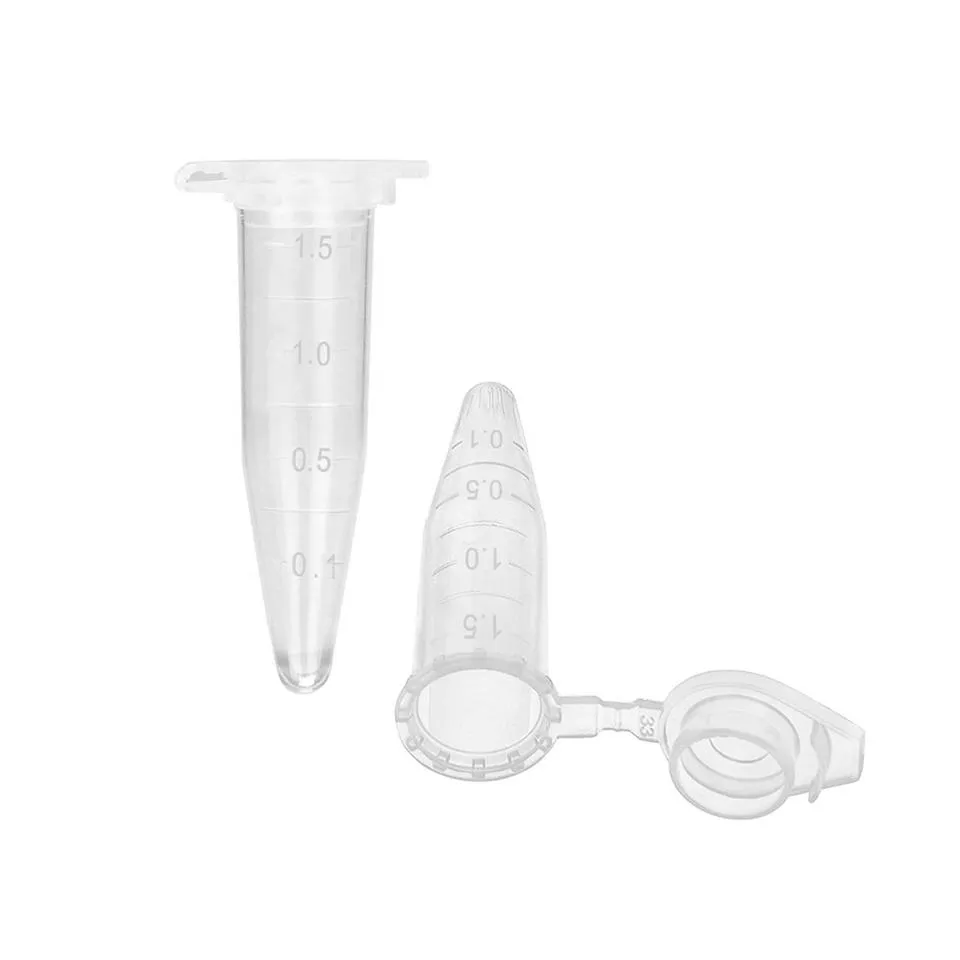prescription bottles
The Significance of Prescription Bottles in Healthcare
Prescription bottles are an essential component of modern healthcare, serving as the primary means through which medications are dispensed to patients. These seemingly simple containers play a crucial role in ensuring that patients receive the correct dosages of their medications, while also providing crucial information on safe usage. Understanding the features, importance, and implications of prescription bottles can enhance our awareness of how they contribute to patient safety and health outcomes.
Firstly, prescription bottles are specifically designed to hold and protect pharmaceuticals from external factors. Typically made from high-density polyethylene or glass, these bottles are not only durable but also effective in safeguarding medications from light, moisture, and air. This protection is crucial because many medications can lose their efficacy when exposed to these elements. Consequently, using prescription bottles helps maintain the stability and effectiveness of the drugs until they reach the patient.
Moreover, prescription bottles are labeled with essential information that aids in the responsible use of medications. The labels typically include the patient's name, dosage instructions, the prescribing doctor’s information, and potential side effects. This information is vital for ensuring that patients understand how to take their medications properly. For instance, it guides patients on whether to take the medication with food, how frequently to take it, and what to do in case of a missed dose. In this way, prescription bottles act as a critical source of guidance for medication adherence, which is paramount in achieving positive health outcomes.
prescription bottles

In recent years, the design of prescription bottles has evolved to address safety concerns, particularly regarding children’s access to medications. Child-resistant caps are now a standard feature on many prescription bottles, significantly reducing the risk of accidental poisoning among young children. This added layer of security demonstrates the ongoing commitment of healthcare providers and manufacturers to prioritize patient safety.
Despite their importance, prescription bottles can also pose challenges. For one, the plethora of information on the labels can sometimes overwhelm patients, particularly the elderly or those with cognitive impairments. This underscores the need for healthcare professionals to take the time to educate patients about their medications verbally, in addition to providing written instructions. Furthermore, the issue of medication waste arises when patients do not complete their prescribed courses, leading to excess unused medications in homes. This raises concerns about proper disposal methods to minimize environmental impact and prevent misuse.
In conclusion, prescription bottles are more than just containers; they are integral to the healthcare delivery system. They ensure the safe and effective use of medications through protective design and informative labeling. As the healthcare landscape continues to evolve, the role of prescription bottles will likely adapt, incorporating new technologies and strategies to enhance medication management. By understanding their significance, patients can make informed decisions about their health, leading to better adherence and ultimately improved health outcomes. Hence, it is essential to appreciate the humble prescription bottle as a vital tool in the complex world of healthcare.
-
Aesthetic Makeup Spray Bottles | Fine Mist Empty RefillableNewsAug.19,2025
-
White Plastic Veterinary Vaccine Vials | Lab Liquid BottlesNewsAug.18,2025
-
Plastic Medicine Liquid Bottle: Secure Flip Top Drug VialsNewsAug.17,2025
-
Durable 250ml Blue Plastic Vaccine Vial for Lab & Vet UseNewsAug.16,2025
-
Sterile Virus Sample Tubes: Secure & Reliable Specimen CollectionNewsAug.15,2025
-
White 250ml Plastic Vaccine Vial for Lab & Vet MedicineNewsAug.14,2025
























